Two Days in Aizu Wakamatsu: Castles, Temples, and Dazzling Hot Springs

Aizu Wakamatsu in Fukushima Prefecture is a dynamic labyrinth of boutique shops, sake breweries, ancient temples, sprawling castles, and gourmet delights perfect for an overnight adventure from Tokyo.
With a profound samurai history and flourishing artistic community, Aizu Wakamatsu in Fukushima Prefecture is one of Japan’s most well-preserved cultural heartlands.
Join us on a two-day trip around Aizu Wakamatsu and surrounding areas to uncover the magic behind this charming goldmine of culture and creativity.
Getting to Aizu Wakamatsu
From Tokyo Station, take the Yamabiko Bullet Train on the Tohoku Shinkansen Line and disembark at Koriyama Station. From Koriyama Station, board the JR Ban’etsu West Line for Aizu Wakamatsu and get off at Aizu Wakamatsu Station. The entire journey will take approximately 2.65 hours.
An Extensive Samurai History
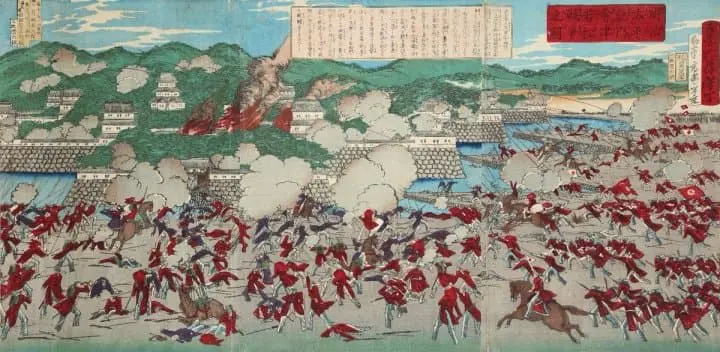
Ukiyo-e print of the Battle of Aizu by Taiso Yoshitoshi and Teisai Toshisan
A decisive point in Aizu Wakamatsu’s samurai history was the establishment of the Nisshin-kan samurai school in the early 1800s. The school quickly became renowned for stoic warriors ready to sacrifice themselves for their values.
This intense mindset led to the town’s entanglement in the Boshin War (1868 - 1869) fought between the supporters of the old military government and the supporters of the Emperor's restoration and the new, modern government. Tsurugajo Castle became a stronghold for those rebelling against the newly formed Meiji government.
Grave of the Byakkotai

Our first stop local history stop was the memorial and gravesite of the Byakkotai, a teenage reserve unit of the Aizu Domain.
The story goes that during the Boshin War, a group of 20 Byakkotai climbed the vantage point of Iimori Hill to view the unfolding Battle of Aizu. Upon witnessing smoke, they mistakenly believed that Tsurugajo Castle had fallen and their allies were captured or dead.
Resolving to die an honorable death, they subsequently committed suicide by their own swords. While one lucky member survived, the rest passed away at just 16-17 years old.
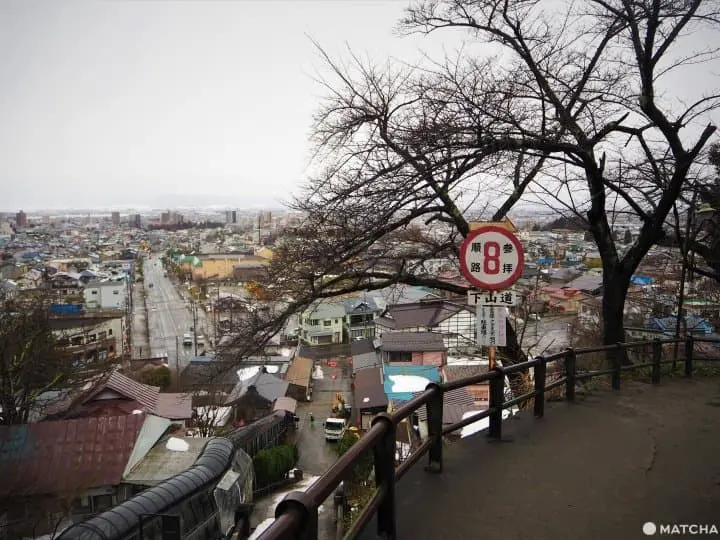
While best visited by car or taxi, the Byakkotai Memorial Gravesite can be reached from Aizu Wakamatsu Station after a 30-minute walk. The memorial site is quite steep, so wear proper shoes.
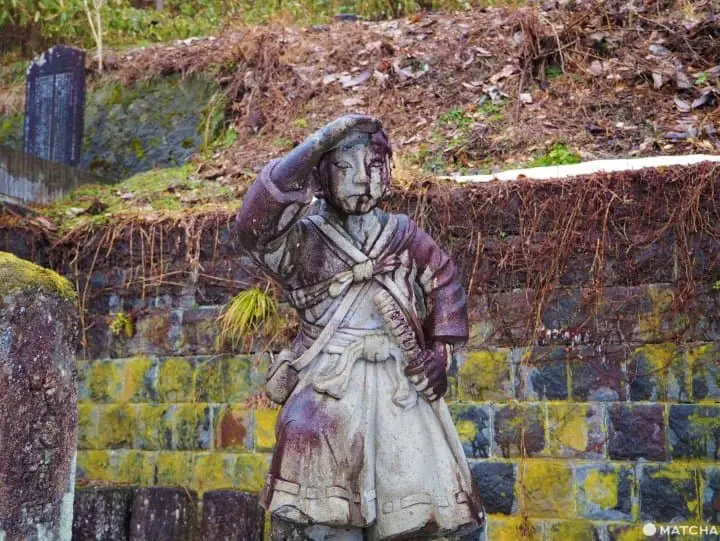
Iimori Hill provides an uninterrupted, sweeping view of the encompassing city and mountains. You can totally understand why the Byakkotai headed here! The statue above depicts one of the boys looking out over the smoke-covered castle in disbelief.

Two other interesting monuments are these gifts from fascist Italy and Nazi Germany, which were presented to Japan to honor the values of the Byakkotai. Received from Mussolini in 1928, the base of the above eagle statue is a relic of Pompeii originally buried by the eruption in 79 CE. A fascinating blending of history!
Hotels near Tomb of Byakkotai Nineteen
Sazaedo Temple - A Temple Like No Other!
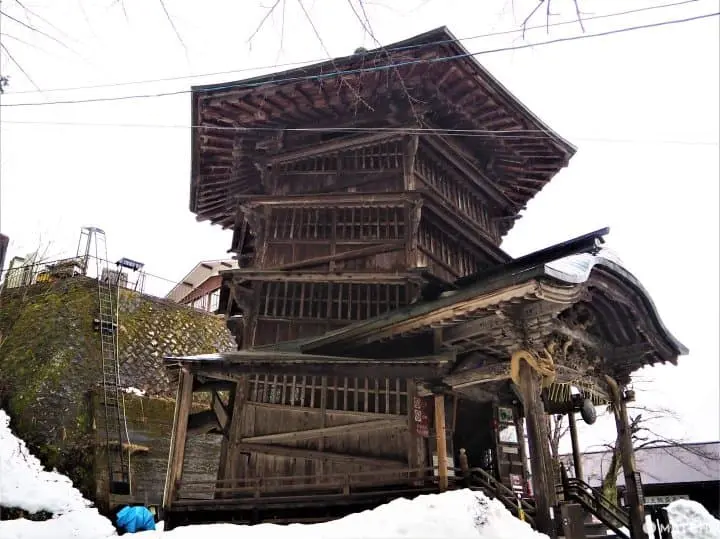
Also on Iimori Hill is Sazaedo Temple, a 17-meter cylindrical tower of wood noted for its distinctive design.
While impressive enough from the outside, the inside is like stepping into another dimension. The tower’s intricate composition allows space for two entirely separate adjacent spiral staircases, one ascending and one descending, ensuring no congestion even on busy days.
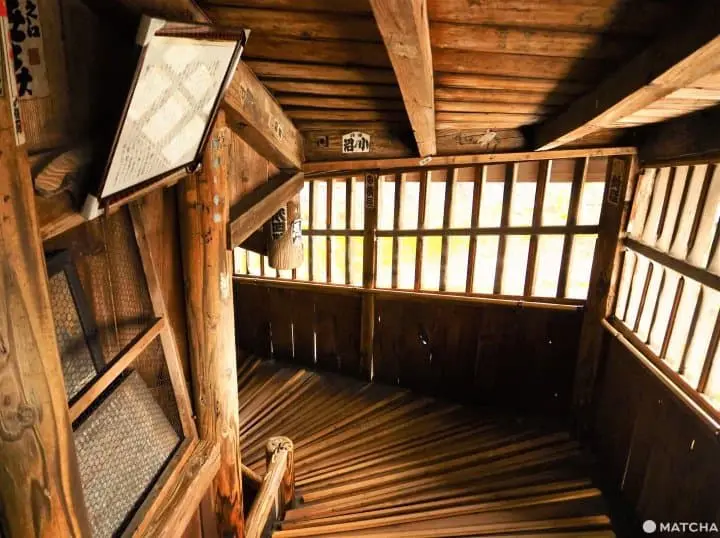
Erected in 1796 by a monk named Ikudo, Sazaedo Temple was designed to hold the 33 Statues of Kannon, the Buddhist Goddess of Mercy. This allows pilgrims a way to conquer the entire Bando Kannon Pilgrimage with just one stop.

After soaking in the ambitious architecture, your attention will quickly turn to the hundreds of stickers and seals affixed to almost every available surface. Each bears the name of an individual who visited the temple, displaying their reverence. While adding stickers has been banned for a while, there were clearly a lot of fresh ones!
Hotels near Aizu Sazaedo (Entsu Sanpodo)
Tsurugajo Castle
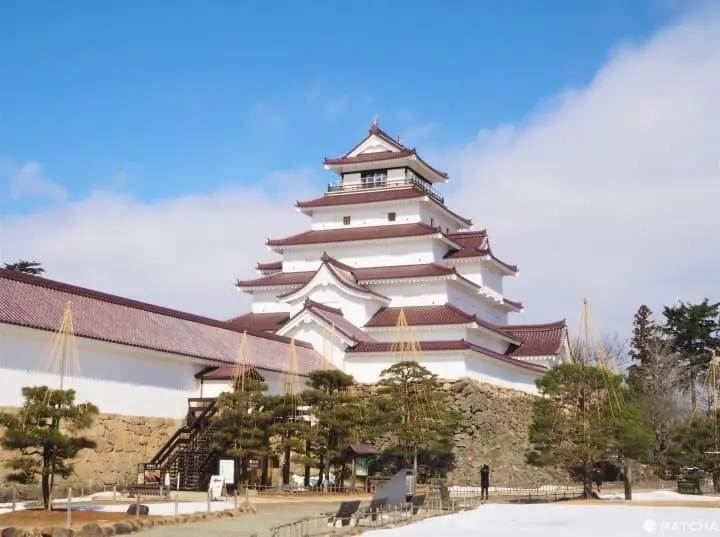
A 15-minute drive from Iimori Hill is the majestic Tsurugajo Castle. Constructed in 1384 and destroyed in 1874 during the Boshin War, the castle we see today is a faithful reconstruction built in 1965.

Most notable are the castle’s dark-red roof tiles, which are rarely seen in Japan. Added during the 2011 renovations, they represent a more accurate interpretation of the original design, which was re-roofed in 1648 to have red tiles due to the material’s sturdiness and cold resistance.
Hotels near Aizuwakamatsu Castle
Hot Spring Baths With Views at Onyado Toho
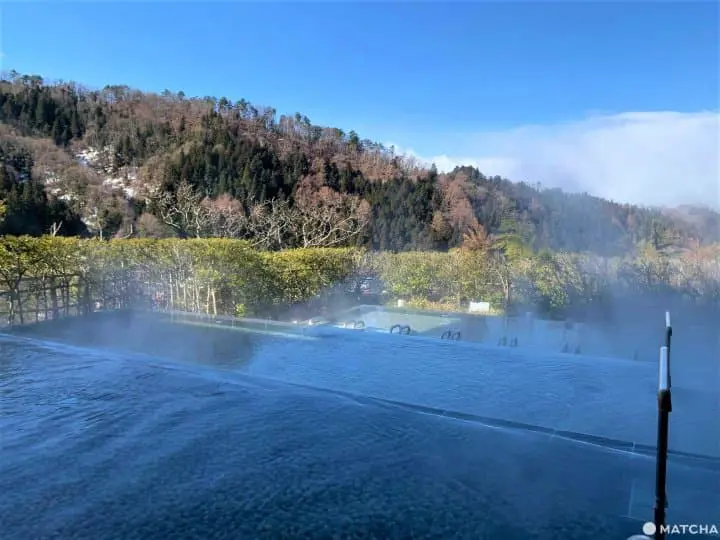
After a day of strolling through history, it was time for some modern comfort! We spent the night at Onyado Toho ryokan, home to some of Aizu Wakamatsu’s fanciest outdoor onsen hot springs.
Resting upon the deeply-forested mountainside, Onyado Toho’s open air rotenburo onsen gifts bathers with dazzling panoramas of the city below.

Onyado Toho’s store also sells many of the arts and crafts Aizu Wakamatsu is famous for. On the left are Okiagari Koboshi, small puppets that will stand up every time they're knocked down; these dolls are adorable traditional lucky charms with over 400 years of history. On the right is an Akabeko, a bright-red paper-mâché-covered wooden cow and Fukushima icon.
Day 2: The Retro Streets of Nanokamachi

We began our second day wandering the quaint, nostalgic streets of Nanokamachi - the bustling downtown shopping heart of Aizu Wakamatsu. The streets are lined by tactfully renovated antique buildings filled with local arts and crafts, including pottery, glassware, silk, fabrics, and woodwork.
For those without much time, Aizu Brand-kan boasts an impressive assortment of affordable local handmade goods, each exuding the renowned craftsmanship Fukushima is famous for.
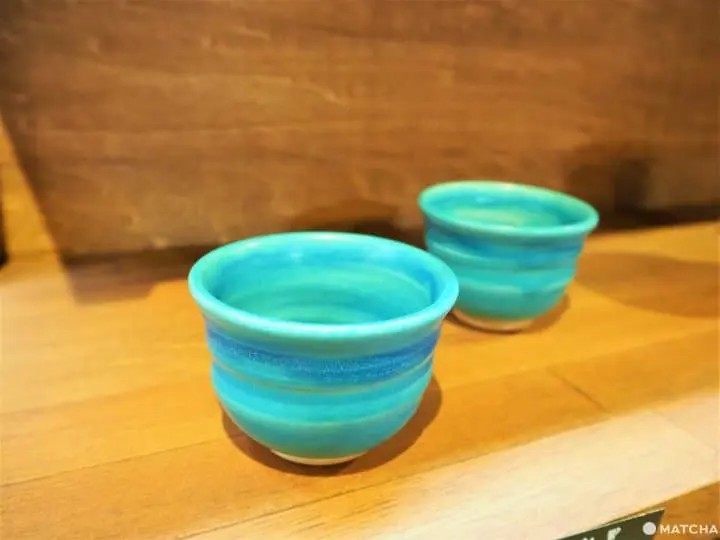
Aizu Wakamatsu pottery, known as Keizan-yaki, is also of particular note. The tradition began in 1592 when artisans were called from the legendary pottery province of Hizen (present day Saga and Nagasaki) to help create roof tiles for a new castle tower. The clay in Aizuwakamatsu was discovered to be of exceptional quality, leading to a flourishing pottery trade of their own.
After a post-war pause, the industry once again began to thrive, with dynamic and creative designs honoring the traditions of their ancestors. There are also plenty of pottery-making experiences about town, including the 1,210 yen course at Keizanyaki.
Seriously Good Sake!
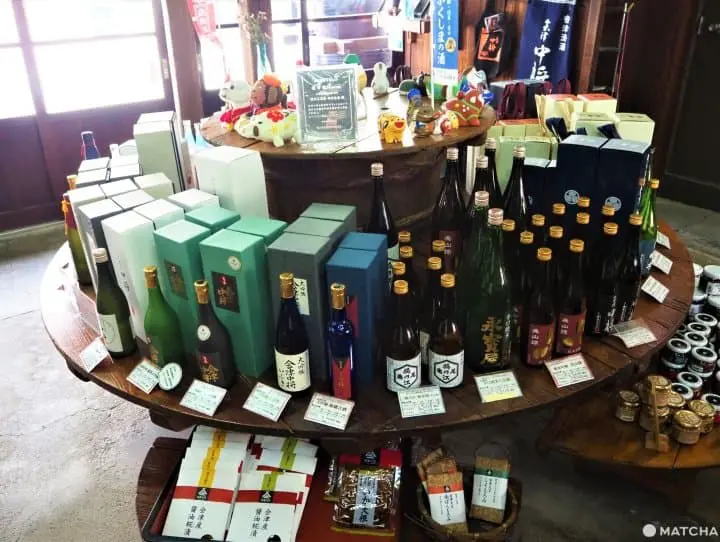
As Aizu Wakamatsu is famous for sake brewing, a visit to two eminent Nanokamachi breweries was the highlight of our itinerary!
The first was Tsurunoe Shuzo, who pride themselves on preserving their original brewing techniques established at their founding over 200 years ago. As it was currently the sake pressing season of winter, we treated ourselves to a freshly-pressed bottle of unpasteurized sake. Bursting with an invigorating flavor, it was an absolute delight!

A brief 3-minute walk away is Suehiro Shuzu brewery. Established in 1850, they are known as the pioneers behind the acclaimed yamahai brewing method, which is used to create a yeast starter that skips the arduous labor of ramming fermenting mash with a pole. Yamahai brewing yields a deeply rich and pleasantly acidic sake suitable for most palates.

The brewers at Suehiro Shuzu recommend relishing their sake warm, a local tradition developed to combat Fukushima’s notoriously brutal winters. We bought and warmed up a bottle of their Traditional Yamahai Junmai Suehiro sake, which went down a treat!
Kitakata Ramen
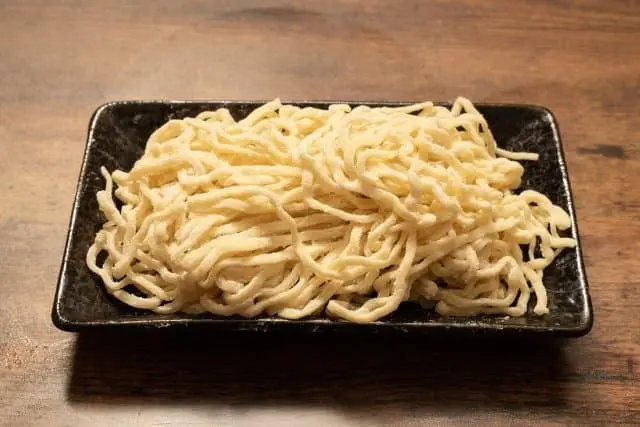
Just a 20-minute drive north of Aizu Wakamatsu, the gourmet city of Kitakata is an easy trip with big rewards!
Alongside Sapporo and Hakata, Kitakata is one of Japan’s top 3 ramen cities. A typical Kitakata ramen will see thick and curly noodles soaked in a light soy-sauce pork broth with a generous topping of char siu braised pork slices.
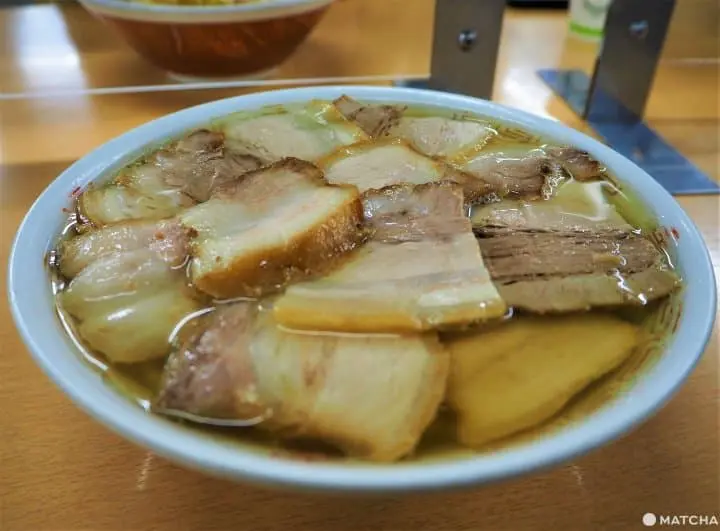
While there are dozens of ramen joints spread all over the city, we settled on Bannai Koboshi, one of Kitakata’s most prosperous ramen ventures with outlets all over Japan!
We visited their founding store, Bannai Shokudo Honten, which, despite its fame, has retained an unpretentious and rustic character fitting for its signature dish. Nourishing, savory, and without the sickening richness prone to lesser ramen, we flew through the entire bowl with ease.
A Cultural Heartland

Without a doubt, Aizu Wakamatsu is one of Japan’s most intact and unspoiled cultural heartlands.
Overflowing with unique crafts, time-honored trades, profound history, distinctive buildings, and a cuisine scene like no other, this charming Fukushima gem has the potential to become Japan’s next big sightseeing hub. Get in now before it becomes huge!





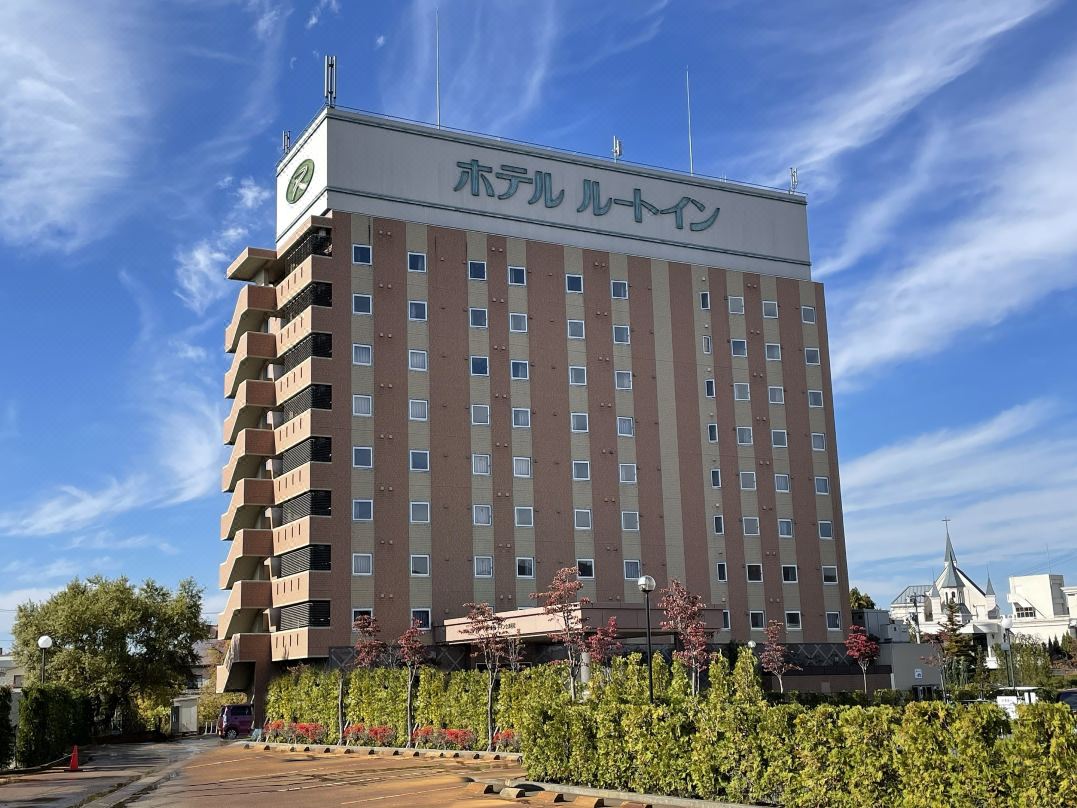



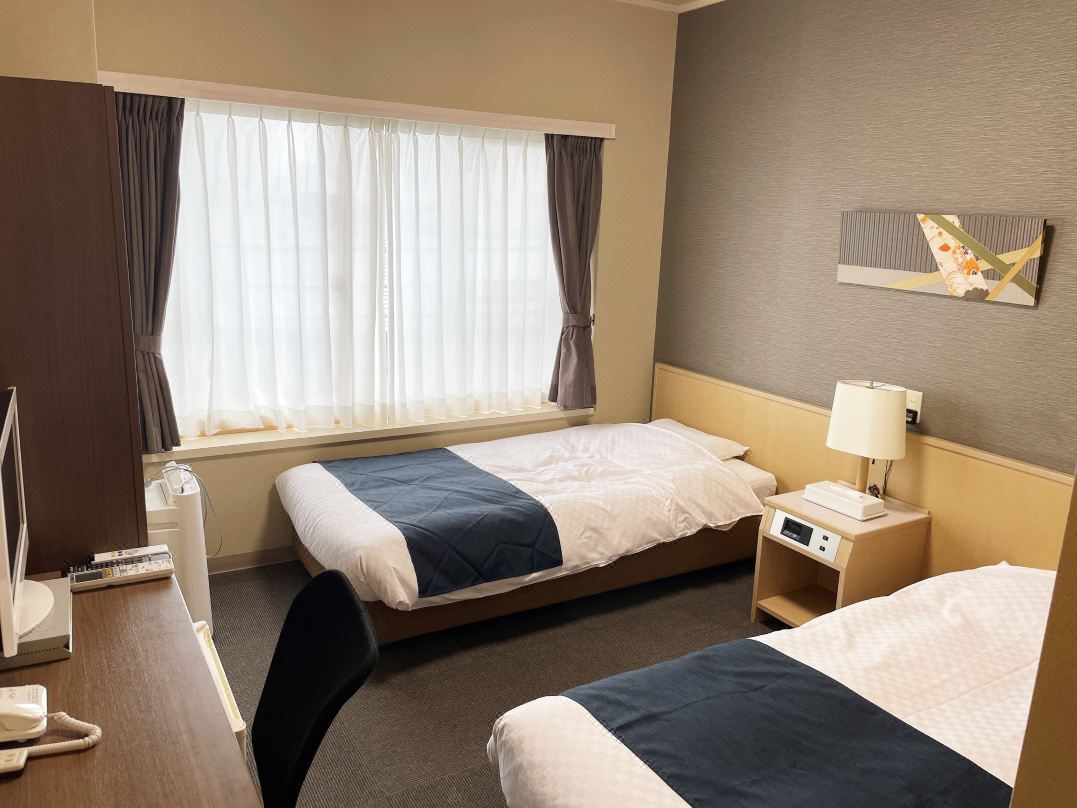



































![[Wakayama Guide] Ume and Umeshu (Plum and Plum Wine)](https://resources.matcha-jp.com/resize/720x2000/2025/12/08-252248.webp)
![[2025 Update] From Kansai Airport to Namba - Recommended for travelers with large luggage! Travel comfortably by bus](https://resources.matcha-jp.com/resize/720x2000/2025/10/25-248088.webp)